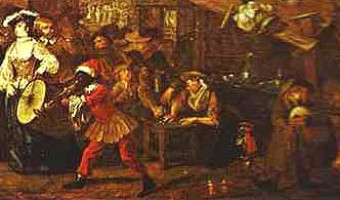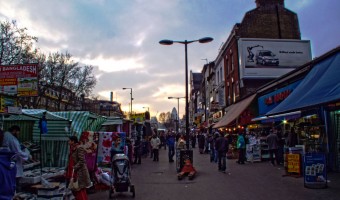The bloody tower, the vanishing princes and medieval menageries
There is nowhere in London that evokes a sense of history more than The Tower of London, which is a historic castle on the banks of the River Thames. It was founded by William the Conqueror in 1066 and has served as a fortress, a royal residence and prison for centuries.


Home of the crown jewels
The Tower of London played a prominent role in British history and still holds the famous Crown Jewels. During the Interregnum around the English Civil War, sadly all the existing royal crowns were stripped of all their precious stones and melted down and turned into coins including Henry VIIIs Crown. The restoration of the monarch in 1660 resulted in new crown jewels being commissioned on records; the cost of £12,184 at the time would have been sufficient to commission three new warships.
Princes in the Tower
The Tower was where King Richard III imprisoned his two nephews, Edward V and the Duke of York until they suddenly disappeared, assumed murdered by their uncle so he could seize the throne. Years later in 1674, the bodies of two young boys were discovered by workman and then reburied at Westminster Abbey.
The disappearing wives of Henry VIII
In Tudor times under King Henry VIII, the Tower took on a more sinister role - he imprisoned and executed his second wife Anne Boleyn and his fifth wife Catherine Howard on Tower Green as well as numerous political opponents. Despite its enduring reputation as a place of torture and death, most executions took place outside its walls on Tower Hill just to the north of the castle - the Green was reserved for those of noble birth. During the First and Second World Wars, the Tower was again used as a prison with 12 men executed there for spying.
Other Stuff
The Tower of London is now a World Heritage site and one of the country's most popular tourist attractions. You can buy tickets from the Ticket office outside and enjoy an entertaining ‘living’ tour of the Tower with a Beefeater and view the spectacular Crown Jewels.
Literally within a five minute walk eastwards, is St Katherine’s Dock, which is central London’s only marina and filled with wonderful restaurants in a peaceful waterside setting. The first Royal barge built in over 250 years and with a length of over 92 feet and powered by 18 oarsmen, the Gloriana is normally based there if you are lucky.
Tower Hill is another iconic attraction and is a must see London attraction. A recent innovation is the spectacular glass floor, which offers a fantastic and unique view of the Thames, 42 metres above the Thames, but not for the faint hearted. Another worthy trip is to the Victorian Engine rooms located nearby where you can see the spectacular steam engines and furnaces that once were used to keep the Tower raised.
For those a little more adventurous, within a 10 minute walk you can find the spectacular Sky Gardens where you can enjoy stunning views of London from the highest public garden (free entry but pre-booking is needed) where three storeys of exquisitely landscaped gardens at 155 metres offer a unique public space with 360 degree uninterrupted views. Next, head to the Monument to the Great Tower of London, which was designed by Sir Christopher Wren and built between to commemorate the Great Fire, 350 years ago and celebrate the rebuilding of the City. If you still have some energy left after climbing the Monument, head to Old Billingsgate Market, which was once the world’s largest fish market. It’s a notable Grade 2 listed building and since the fish market was relocated over 30 years ago, it has been refurbished to provide event space and office accommodation.
Nearest tube Tower Hill, Tower Hill Pier
 The Tower of London
The Tower of London


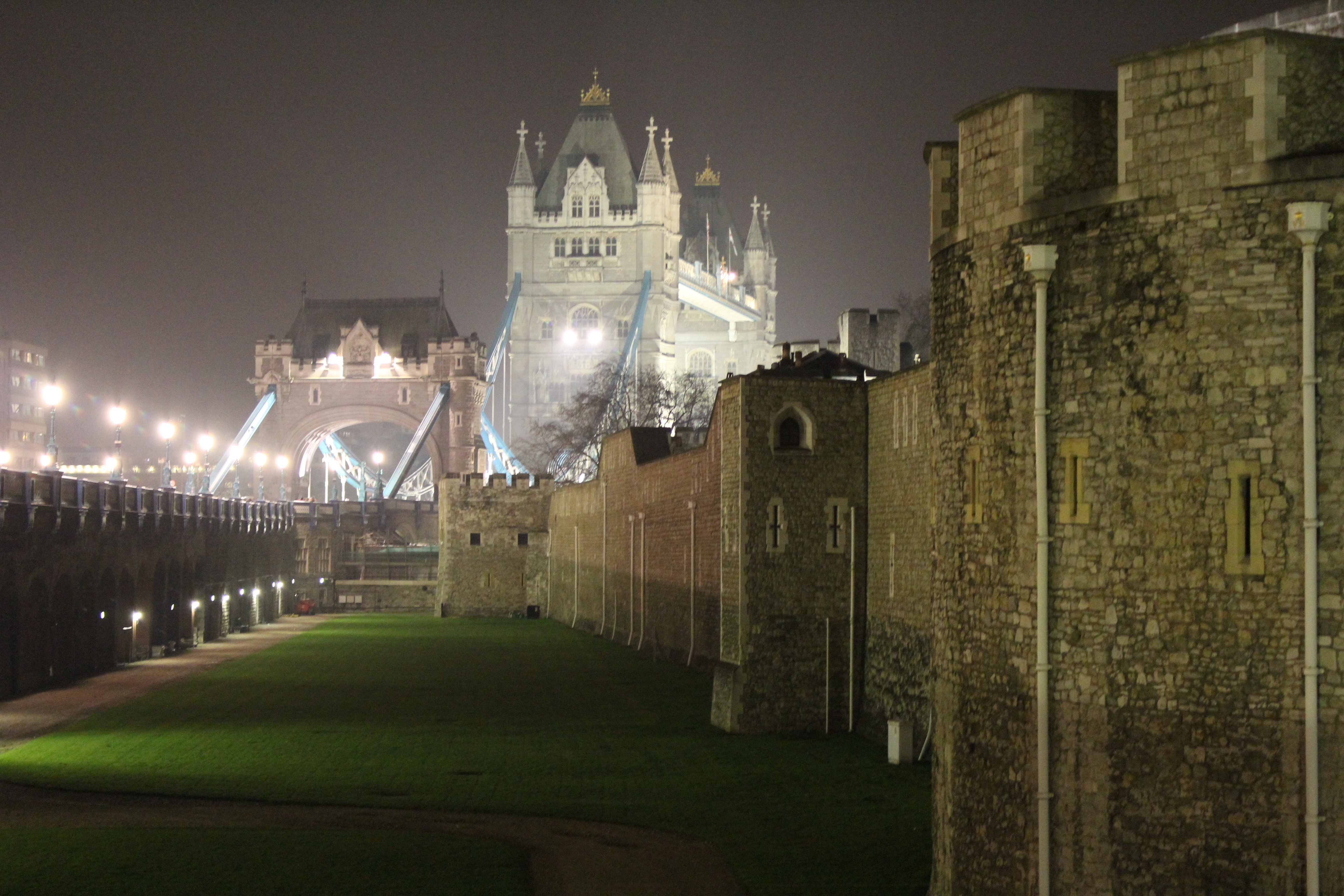
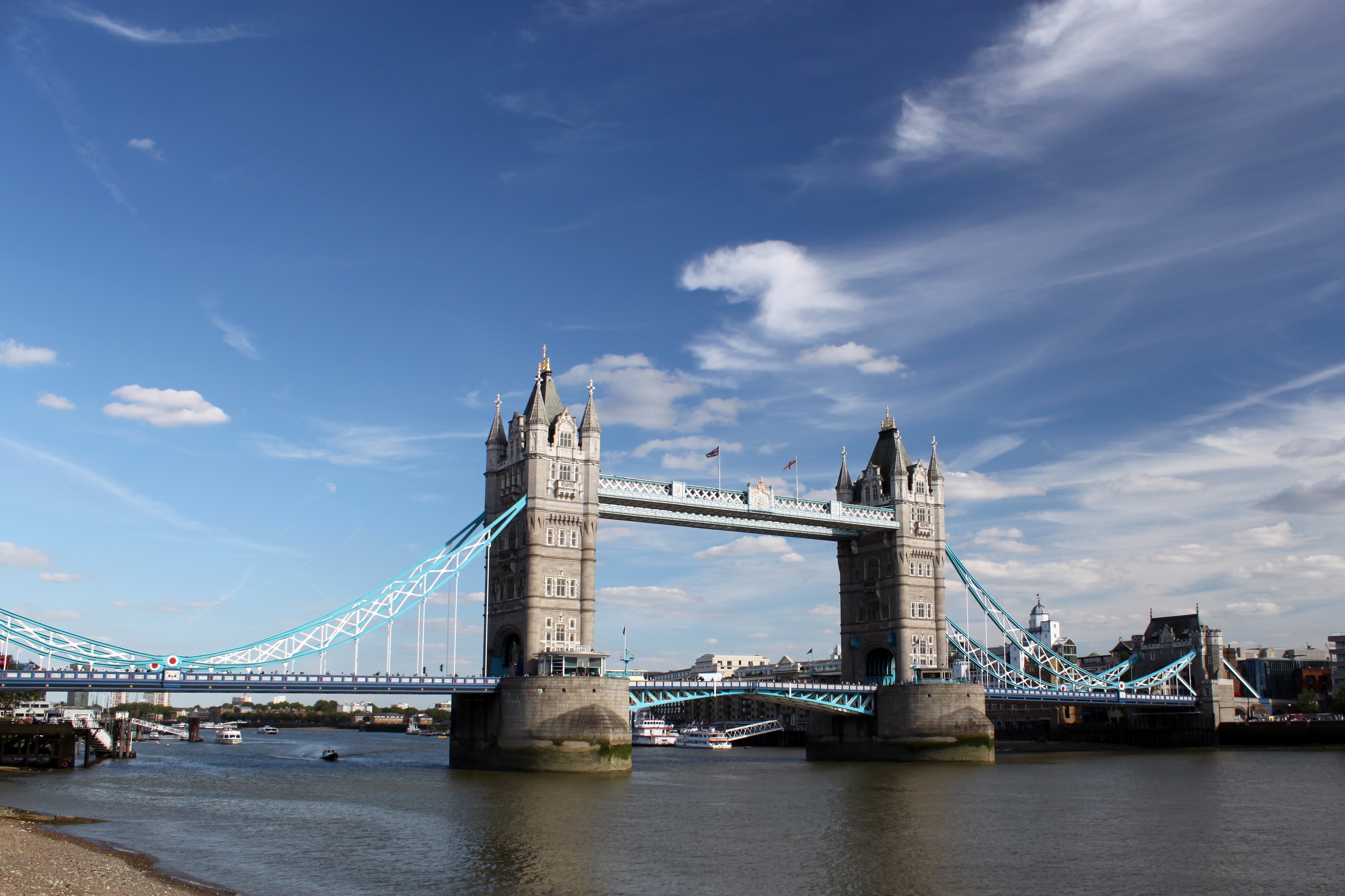
.jpg)
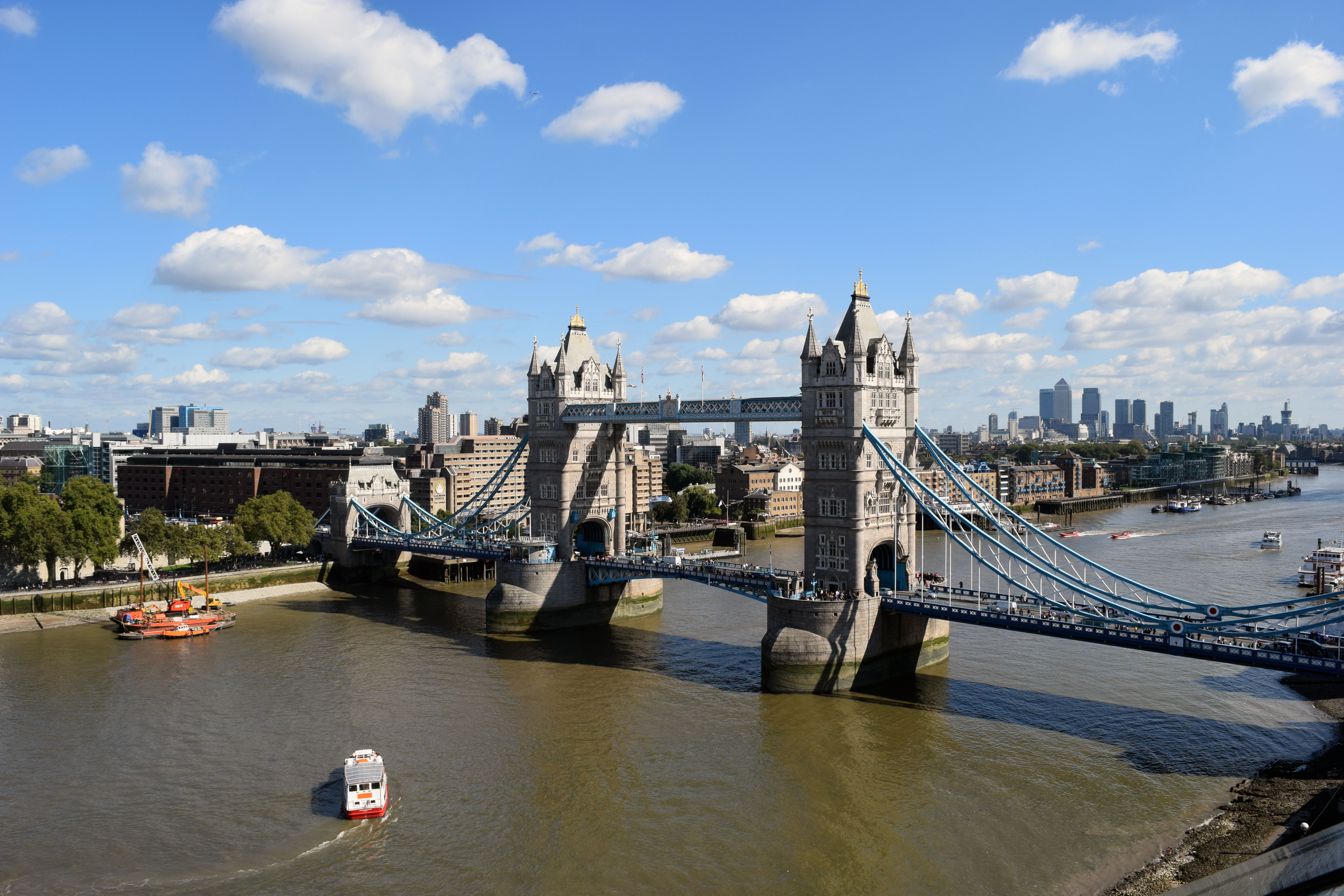
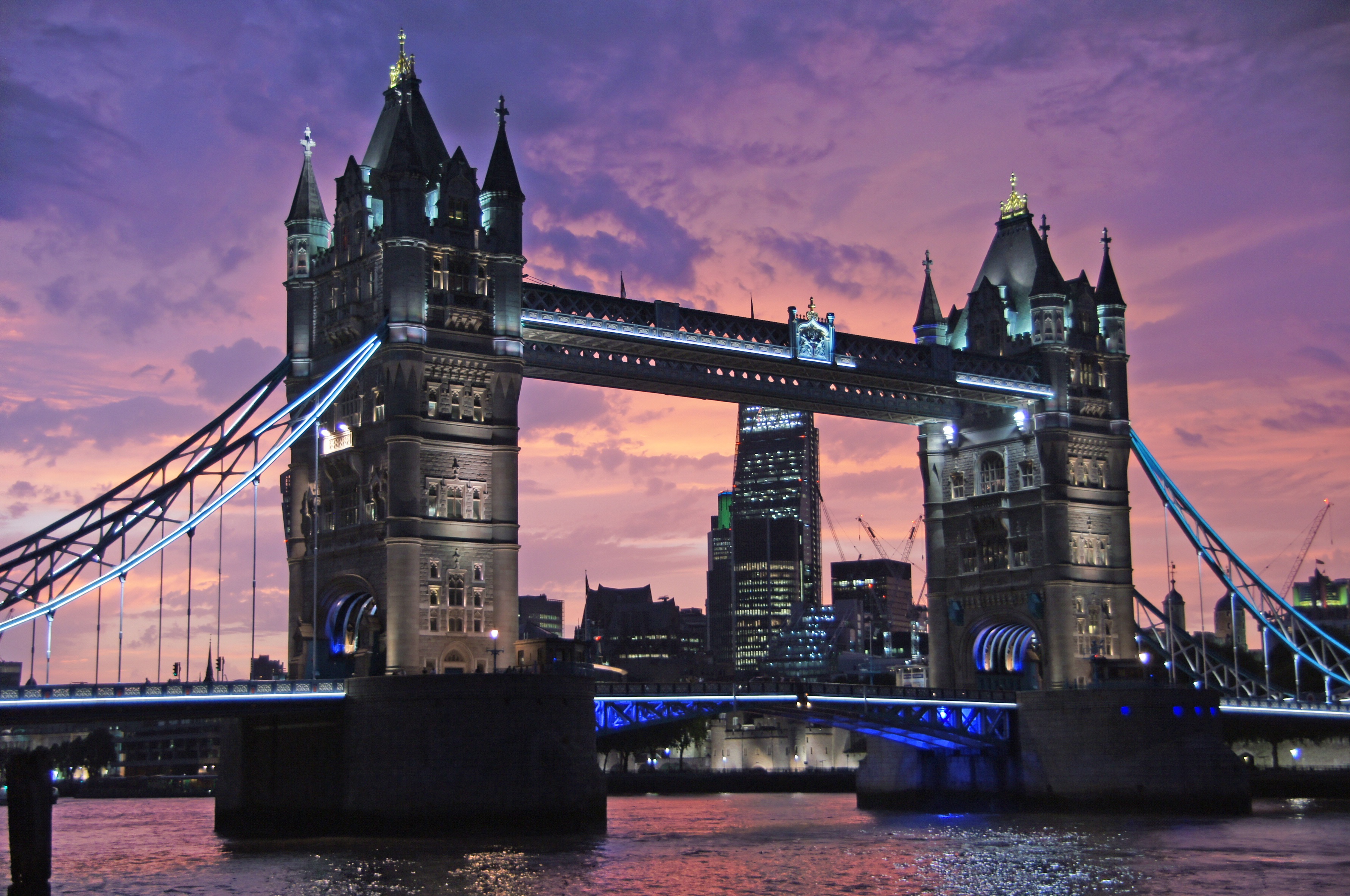
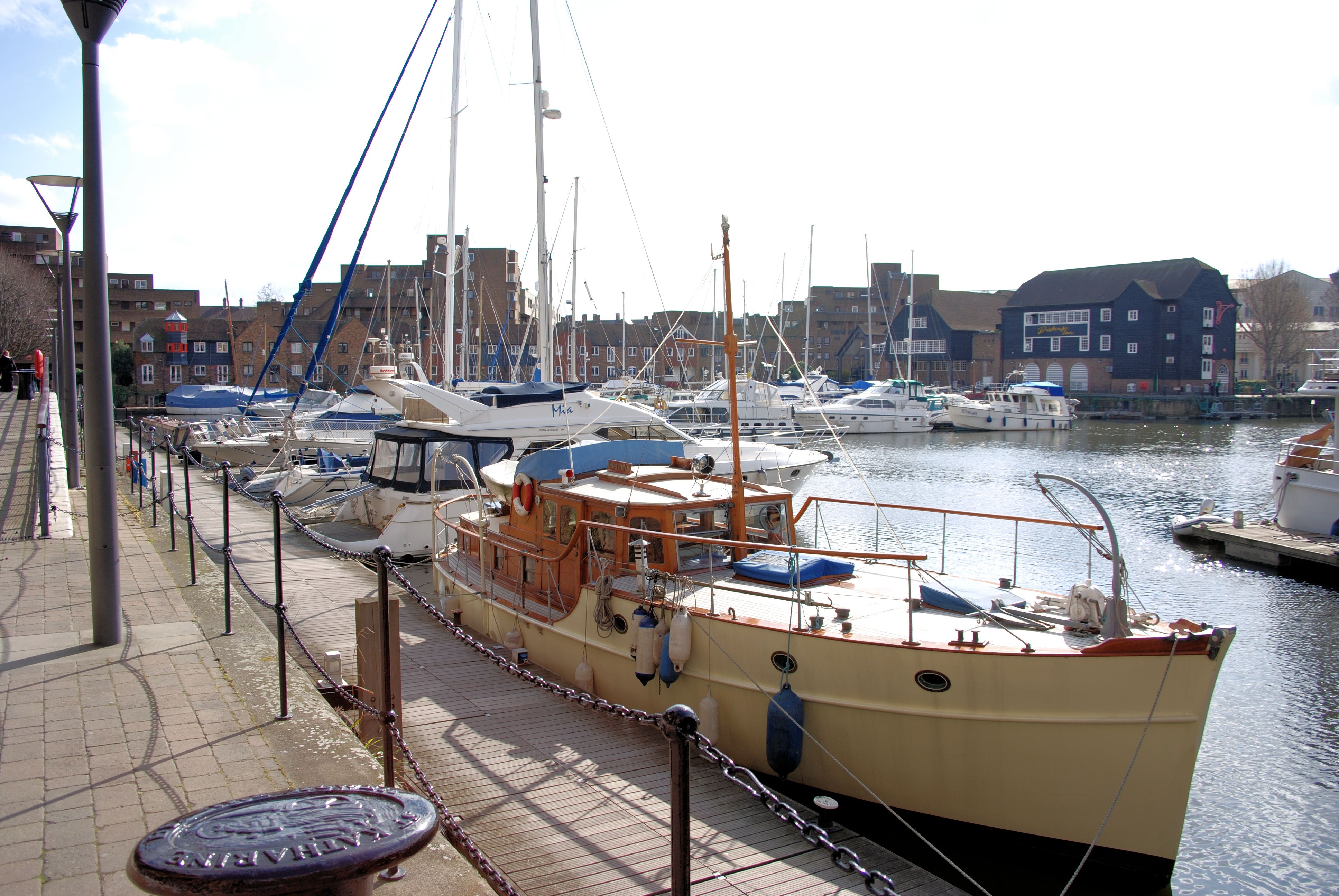
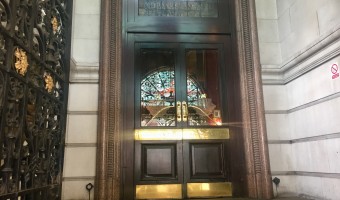
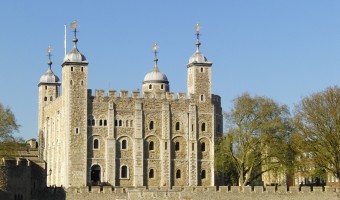
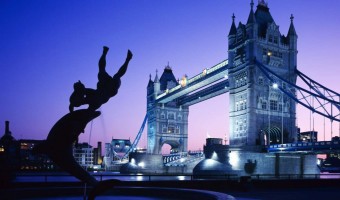
 Load more triptoids
Load more triptoids